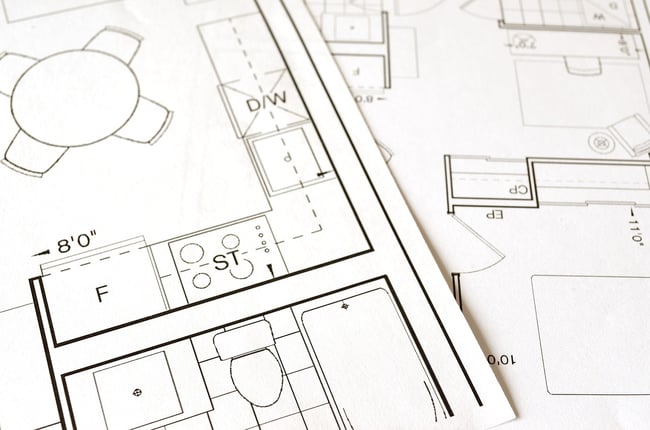
Imagine your client flow doubles overnight. Would your current infrastructure and systems support this influx of new business? Probably not. For the same reason you wouldn’t try to fit 100 people into a 10-person boat, your real estate business can’t handle that many clients. If your business can’t handle an increase in business, the infrastructure and systems need to be upgraded so they have the capacity and infrastructure to manage all the new clients you will generate as you scale your business.
In the first two sections of this Scaling Your Real Estate Business series, we’ve discussed ways to evaluate your real estate business for growth opportunities and strategies to generate funding to finance your scaling venture. Using the tools and guides from these articles, you can calculate the amount of leads, transactions, and budget needed to hit your specified Gross Commission Income (GCI) goals.
In this article, we’ll share advice on ways to establish a stable infrastructure for your real estate business to support the increase of lead generation, nurturing, and ultimately, the scaling of your business.
If you plan for growth, you plan for success. That means establishing the right infrastructure to support your scaling venture for real estate business. Before you start planning, ask yourself these questions:
- How will I consistently generate enough leads to hit my GCI goal?
- What systems do I need to support, manage, and track the increase of leads, clients and transactions?
- Is there technology that can support my business' growth and make processes more efficient?
- Will I need to hire staff to help me?
- How will I ensure each client and transaction gets treated with the same focus?
Let’s go back to the imagination where our client flow doubles overnight. When brainstorming ideas that support your business if it doubles, you must examine and come up with solutions each stage of the lead’s journey. These stages include:
- Consumer
- Lead
- Qualified Lead
- Client
- Evangelist
Simply put, a consumer is unaware of you or the real estate services you provide – at this stage, the consumer isn’t looking to buy or sell a home. They convert into a lead when they engage your brand and give you their contact information – at this stage, the lead is usually interested in your real estate services but are window shopping for a home and are less motivated. A lead converts into a qualified lead when they engage with your brand more frequently – at this stage, the qualified lead will stay on your website longer, open your emails, save listings, and even each out to you to schedule a meeting. A qualified lead becomes a client once you’ve agreed to work together – at this stage, communication is frequent, homes are being shown, and offers are being made. A client becomes an evangelist when you dazzle them, help them achieve their real estate goals, and complete the transaction – at this stage, the evangelist is enthusiastic about your services and recommends it to their network.
For your business, that means focusing and upgrading systems that support:
- Lead Generation (Consumer to Lead)
- Follow Up, Tracking and Nurturing (Lead to Qualified Lead)
- Conversations (Qualified Lead to Client)
- Client/Transaction Management(Client to Evangelist)
To generate more leads, you can increase your ad budget, diversify your lead sources, or farm new territories. You can upgrade your follow up, tracking, and nurturing systems by automating them with personalized messages that provide value and send with perfect timing. You can elicit more conversations by implementing a system that notifies you when a lead displays red flag behaviors that signal their readiness to be contacted. Finally, you can hire additional staff to help you manage these systems - so you can focus on what matters most, meeting clients, managing transactions, and closing deals. With all the new business you’ll generate from scaling your business, you might need to hire multiple agents to help support you.


